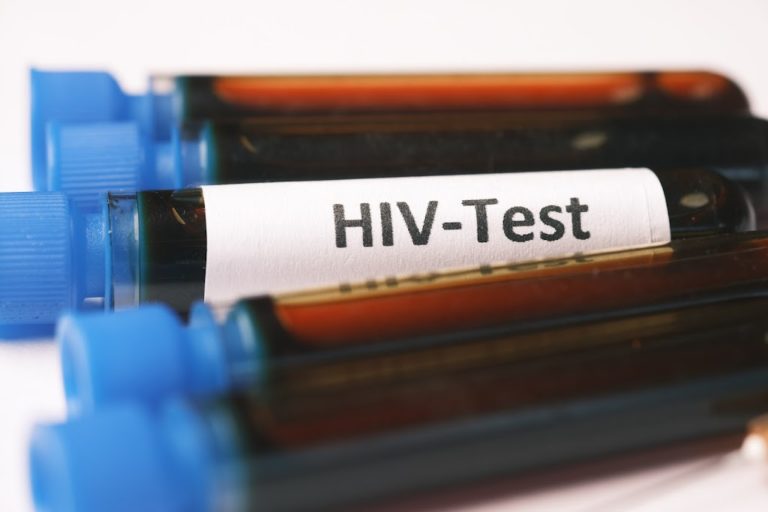Endocarditis is an infection of the endocardium or the heart valves. The endocardium is the membrane lining the inner surfaces of the heart. Endocarditis can occur in people who have certain pre-existing heart diseases. It is important to seek medical treatment as soon as possible as this infection has the ability to severely harm or even destroy the hearts valves. There is a real need to be cautious with some dental and surgical procedures. This is because the risk of endocarditis is increased due to bacteria being introduced into the bloodstream. Other names Endocarditis is known by are “infective endocarditis or “bacterial endocarditis.
Acute bacterial endocarditis (ABE) symptoms can occur within a few weeks of the infection setting in. Symptoms of sub acute bacterial endocarditis (SBE) can take weeks or months to develop.
Some general symptoms of endocarditis can include fever, chills, lethargy, and the loss of appetite and generalized aching throughout the body. Other symptoms include abnormal heart rhythms such as a murmur or tachycardia (rapid heart rate), increased breathing and a persistent cough. Usually, an infection somewhere else within the body causes bacteria to circulate in the blood. The bacteria that cause most cases of endocarditis belong to the staphylococcus family, such as Staphylococcus aureus or otherwise known as “golden staph”.
The bacteria infect the already damaged and or diseased areas of the heart. Prosthetic devices (such as artificial heart valves) may become susceptible to infection as the immune system does not recognize these devices as part of the body. Thus the body may not protect them as aggressively as the body parts it does recognize and may not protect them as aggressively. The infection causes inflammation and blood clots, and the body’s natural healing process causes scarring. A scarred endocardium or heart valve is susceptible to infections in the future.










